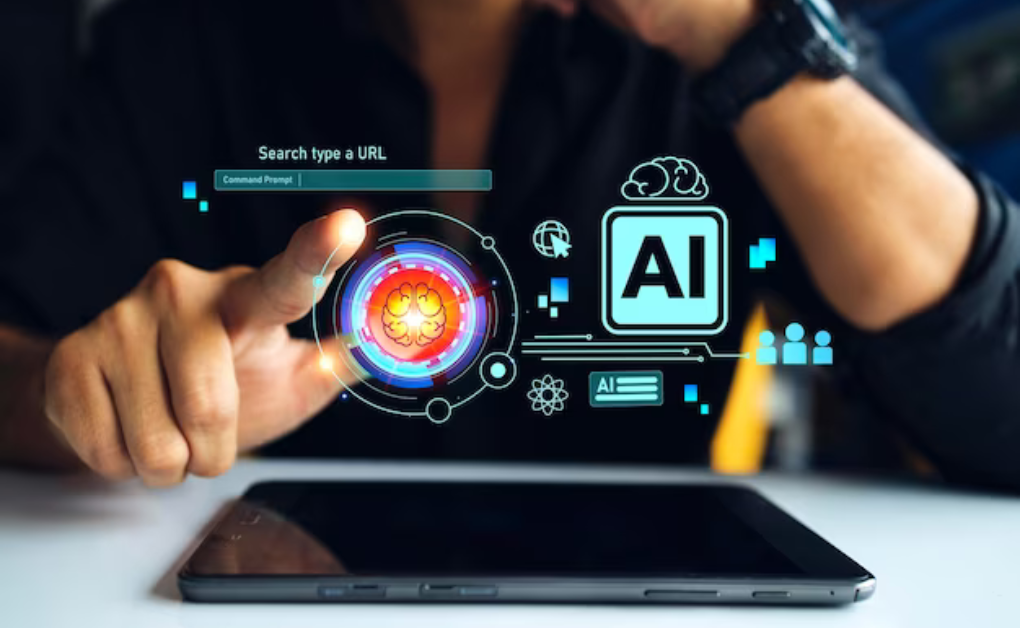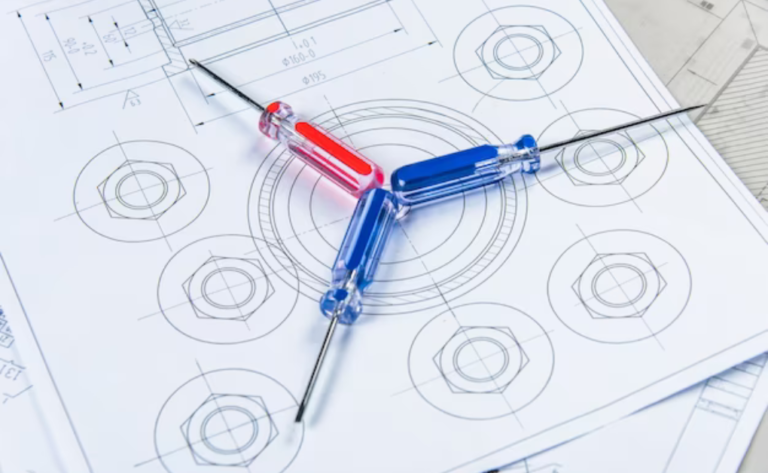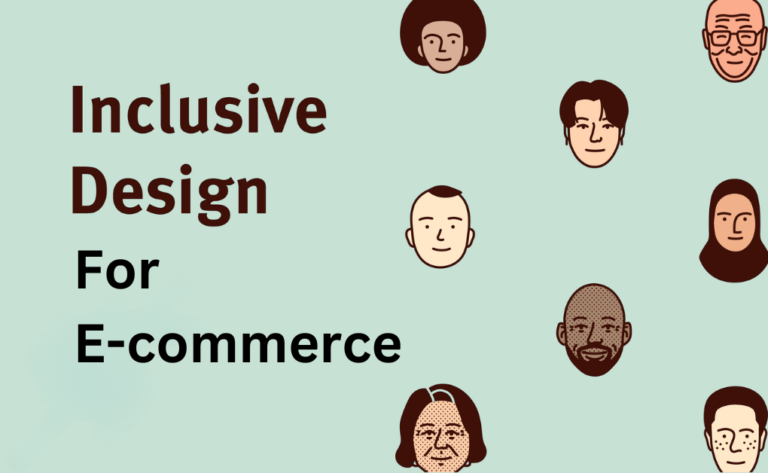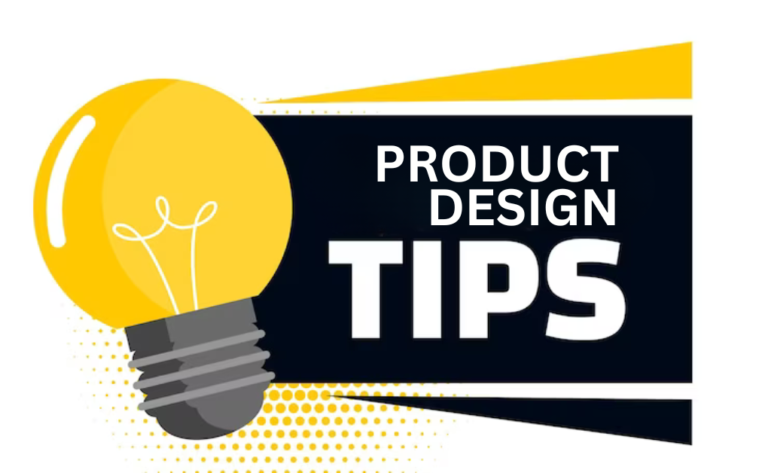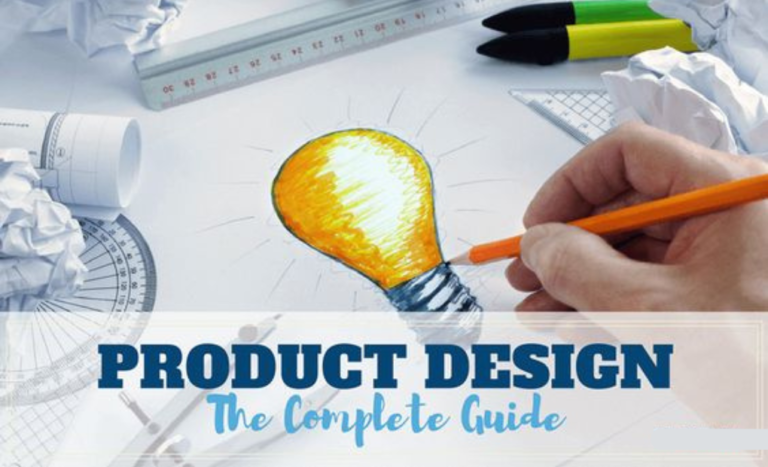The Role of AI in Product Design: Enhancing Creativity and Efficiency
“The Role of AI in Product Design: Enhancing Creativity and Efficiency”:- In today’s fast-paced world, product design has evolved significantly with the integration of cutting-edge technologies. One of the most transformative advancements in this field is the integration of Artificial Intelligence (AI). AI is changing the game by enhancing creativity and efficiency in product design processes. From generative design to predictive analytics, AI is playing a pivotal role in reshaping the way products are conceived, developed, and brought to market.
The Power of Generative Design

Generative design is a revolutionary concept in product design, and it owes its capabilities to AI algorithms. Traditionally, product design was a labor-intensive process, where designers would brainstorm ideas and create prototypes through iterative trial and error. However, AI has the ability to exponentially accelerate this process.
Generative design leverages AI to explore a multitude of design possibilities based on user-defined parameters and constraints. It uses machine learning to understand design goals, materials, and manufacturing methods. By rapidly generating numerous design alternatives. AI empowers designers to discover unconventional and optimized solutions that would have been difficult, if not impossible, to conceive manually.
This approach is particularly beneficial in complex industries such as aerospace and automotive. For example, Airbus has been using generative design to create lighter and more fuel-efficient aircraft components, ultimately reducing operational costs and environmental impact.
Predictive Analytics for Informed Decision-Making
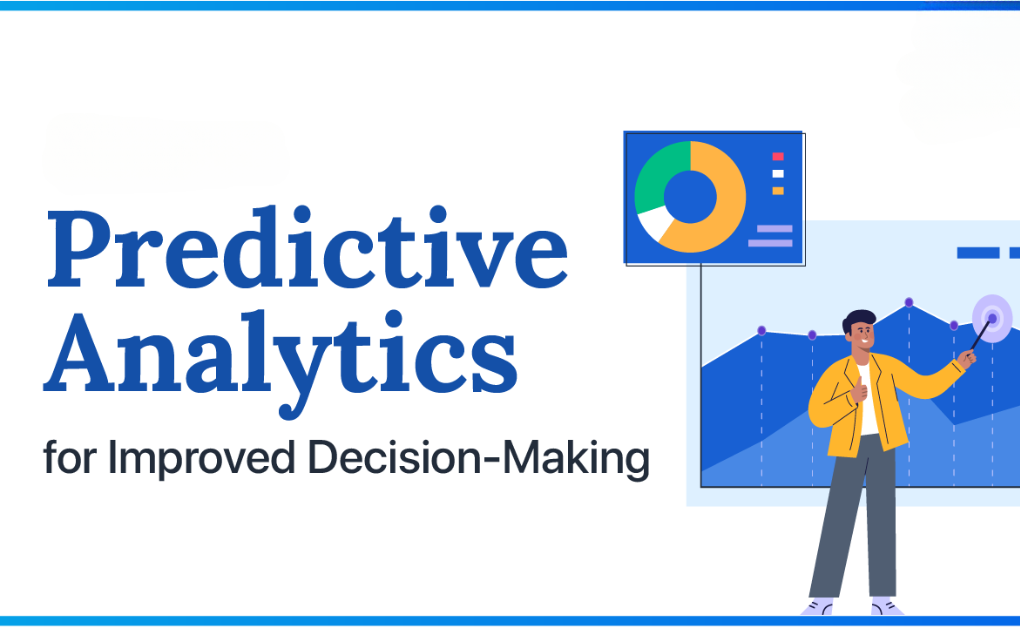
Another critical facet of AI in product design is predictive analytics. Traditional product development relied heavily on experience and intuition. which could sometimes lead to costly errors and design flaws. AI, on the other hand, can analyze vast amounts of data to provide valuable insights into consumer preferences, market trends, and potential issues.
Through machine learning algorithms, AI can analyze consumer feedback, sales data, and even social media trends to help designers make informed decisions. This not only enhances the likelihood of creating successful products but also reduces the risk of investing time and resources into designs that might not resonate with the target audience.
Furthermore, predictive analytics can help in demand forecasting, ensuring that the right amount of inventory is maintained, preventing overstocking or understocking issues. This leads to improved efficiency in supply chain management and cost savings.
Advantages of AI in Product Design

Speed and Efficiency: AI accelerates the design process, reducing time-to-market and enabling quicker response to market demands.
Cost Reduction: Through generative design and predictive analytics, AI helps in optimizing designs and minimizing production costs.
Innovation: AI-driven design exploration often leads to innovative solutions that might not have been discovered through traditional methods.
Data-Driven Decisions: Predictive analytics provides data-backed insights, reducing the risk of costly design errors and market failures.
Customization: AI enables the creation of personalized products, catering to individual consumer preferences.
Sustainability: By optimizing materials and production processes, AI contributes to sustainability efforts by reducing waste and resource consumption.
Disadvantages and Challenges of AI in Product Design
Lack of Human Touch: AI-driven designs may sometimes lack the emotional or artistic elements that human designers can provide, leading to a sterile or mechanical feel in products.
Dependency on Data: AI heavily relies on data, and if the data used for training is biased or incomplete. It can lead to biased design recommendations or decisions.
Initial Costs: Implementing AI in product design requires a significant initial investment in technology and staff training.
Privacy Concerns: Collecting and using customer data for predictive analytics raises privacy concerns that must be addressed transparently.
Integration Challenges: Integrating AI systems into existing design workflows can be complex and may disrupt established processes.
Oversimplification: Overreliance on AI-generated designs may oversimplify the role of designers, potentially stifling creativity.
The Future of AI in Product Design
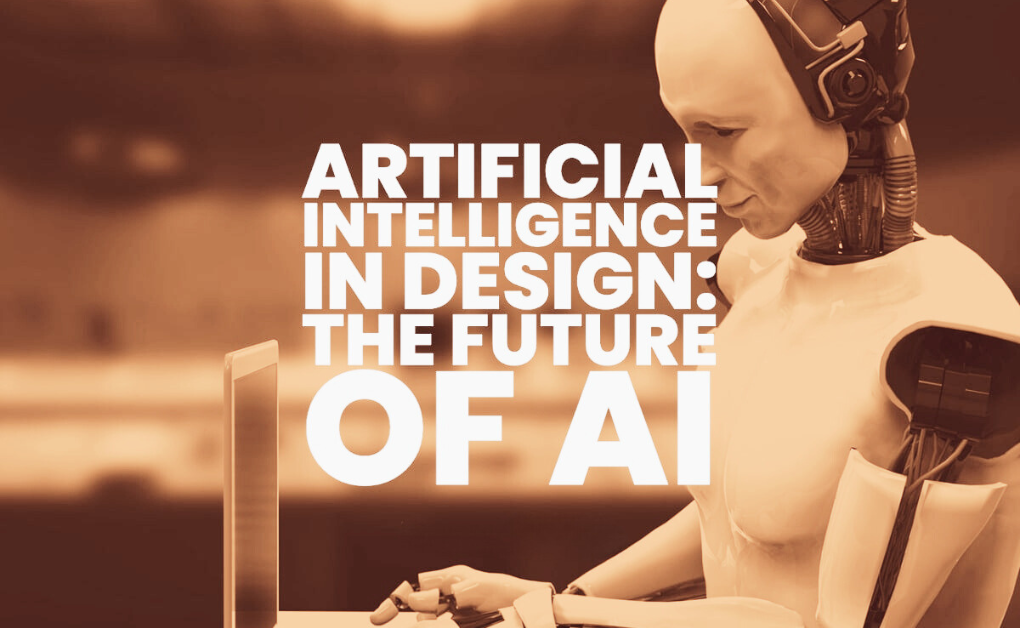
As AI continues to advance, its role in product design is likely to become even more pronounced. Innovations such as AI-powered virtual reality (VR) and augmented reality (AR) design tools are already on the horizon, enabling designers to visualize and test their creations in immersive environments.
Furthermore, AI is expected to play a significant role in sustainable design by optimizing materials and production processes to reduce environmental impact. This aligns with the growing global focus on eco-friendly products and practices.
conclusion
“The Role of AI in Product Design: Enhancing Creativity and Efficiency”:- In conclusion, the integration of AI into product design is a game-changer. It enhances creativity through generative design, facilitates data-driven decision-making through predictive analytics. Offers numerous benefits, including increased efficiency, cost reduction, and innovation. However, it also presents challenges and potential disadvantages that must be carefully managed. The future of AI in product design looks promising, and as technology continues to evolve. We can expect even more transformative developments in this field. Designers and businesses that embrace AI as a creative partner rather than a replacement for human expertise are likely to thrive in this exciting era of innovation.

